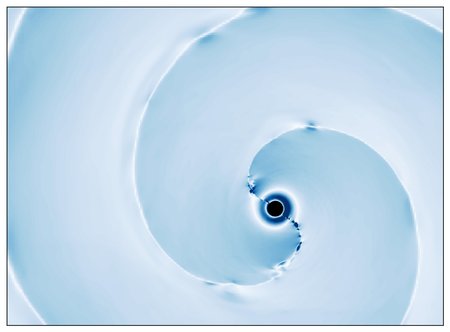Scientists are developing a new method that uses satellite images to assess how coral reefs fare amid climate change.
Analyzing 10 years’ worth of data from the Great Barrier Reef in Australia, the largest and most famous coral reef in the world, researchers from the University of Sydney found that the health of the tiny creatures that form spectacular reef ecosystems is reflected in the growth of sand aprons.
Sand aprons are deposits of sand and other material that get trapped inside coral reef lagoons over thousands of years. As these aprons build up, they capture calcium carbonate produced by the corals, creating a record of the tiny animals’ health. Climate fluctuations and ensuing changes in ocean tides and water chemistry affect how much calcium carbonate the corals produce, which is then reflected in the aprons’ composition.
Related: Satellite snaps gorgeous 4K selfie over Great Barrier Reef (video)
The researchers compared in-situ measurements with satellite imagery, using both datasets to analyze the evolution of sand aprons over time. They found that this combined method may allow them to predict the response of coral reefs to future climate changes.
“If we can understand the evolution of sand aprons in each reef over time, we can use the data to manage coral reefs and prepare for climate change,” Associate Professor Ana Vila-Concejo, a co-director of the University of Sydney’s Marine Studies Institute and lead author of the new study, said in a statement (opens in new tab). “The traditional way of collecting such data is very work intensive. It requires actively measuring the chemistry of water or taking thousands upon thousands of photos to calculate how much each creature in the ecosystem is contributing to carbonate sediment productivity.”
For example, as part of this study, Vila-Concejo and her team collected over 100,000 measurements of the depth and chemical composition of the water surrounding the reefs. These in-situ measurements revealed that the coral reefs currently produce only about half of the calcium carbonate they produced thousands of years ago, a clear indication of their current poorer health.
Related stories:
“Our results suggest that ecosystem health was much better [in the past], so we’re likely seeing the effects of climate change in our present-day data,” Vila-Concejo said. “The carbonate production was much higher during the Holocene — the last 11,700 years of Earth’s history — but the average rate of production today is down 50% on this. That is a cause for concern.”
The researchers said that the study offered only initial indications of how satellites could be used to assess coral reef health. The process of coral reef growth and the evolution of the sand aprons within them is complex, dependent on a wide range of factors including storm surges and tides as well as the behavior of fish populations and surface water run-off.
The study was published in the journal Geology on Oct. 11.
Follow Tereza Pultarova on Twitter @TerezaPultarova. Follow us on Twitter @Spacedotcom and on Facebook.



